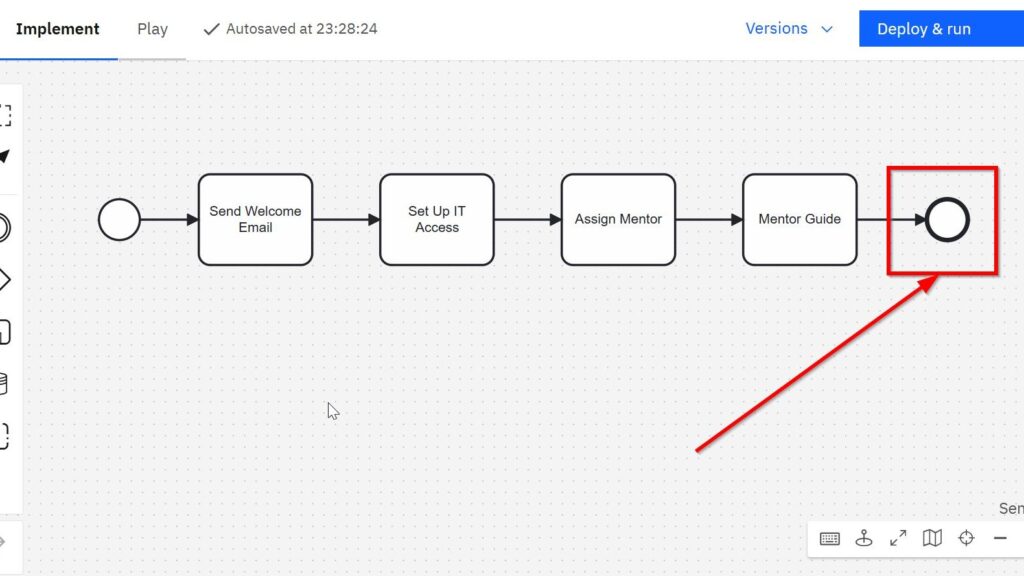When I first heard the term process management, I felt a bit overwhelmed. It sounded technical and complicated. However, I quickly learned that it shapes the way companies work every day. Understanding it changed how I viewed business operations. So, in this article, I explain what process management is, why it matters, and how BPMN helps visualize processes. Plus, I include a simple example with a diagram to make everything clear.
What is Process Management
Process management is the way companies organize their work from start to finish. I do not focus on individual tasks. Instead, I look at the entire process. I see how tasks connect and how work flows through departments. This helps me find better ways to get things done. As a result, efficiency increases, errors decrease, and customer satisfaction improves.
Whenever I analyze processes, I spot bottlenecks or delays. Afterward, I can suggest changes. For example, automating data entry or reducing approval steps often speeds up work. This shows why process management is vital for any business.
What does BPMN for Process Management
BPMN (Business Process Model and Notation) is a tool I use to visualize processes. It is a standard way to create flow diagrams that everyone understands. BPMN diagrams show how work moves from one task to the next. They also highlight decision points, delays, or handovers between teams.
When I map processes with BPMN, teams see their work clearly. As a result, they understand the overall flow better. This helps them spot inefficiencies. Therefore, BPMN is crucial for improving processes in any company.
Process Management: How, Why, and Wherefore
Process management starts with a mindset. I need to focus on the big picture. I avoid seeing work as isolated tasks. Instead, I visualize the entire process. So, I ask myself questions like:
- How does work move from start to finish?
- Where do tasks pass from one person to another?
- Why do delays or mistakes happen?
After I answer these, I map the process. First, I outline each step. Next, I connect tasks with arrows to show the flow. Then, I review the diagram with my team. Together, we find ways to improve the process.
Example: Employee Onboarding Process
Let me give a simple example. Suppose I manage the employee onboarding process for new hires. It looks like this:
- Send Welcome Email – The HR team sends a friendly introduction to the new employee.
- Set Up IT Access – The IT department creates login credentials and provides access to essential systems.
- Assign Mentor – A mentor from the team is assigned to help the new employee settle in.
- Mentor Guide – The mentor guides the newcomer through the first days and explains important procedures.
- Process End – Once the onboarding steps are complete, the process finishes successfully.
This process flows smoothly across multiple departments — HR, IT, and the employee’s team. I can see how each task connects to the next. If, for example, IT setup is delayed, the mentor cannot start guiding on time. As a result, the newcomer’s start experience suffers. By visualizing the process, I can identify such dependencies and suggest improvements — like automating access setup or sending reminders.
Here is a BPMN 2.0 diagram showing the process:

Why Process Management Matters
When I apply process management, I see results quickly. For example:
- Efficiency increases because teams avoid redundant steps.
- Errors decrease as handovers become clearer.
- Employee satisfaction improves because onboarding goes smoother.
Also, teams work together better. They understand how their tasks fit into the whole process. Therefore, process management aligns everyone toward the same goal.
Final Thoughts
Process management transforms the way I approach work. I stop focusing on individual tasks. Instead, I view the entire workflow. As a result, I find ways to work smarter, not harder. When I combine process management with BPMN diagrams, the benefits grow even further. I can see problems and solve them faster. So, any company seeking efficiency, accuracy, and happier customers should adopt process management.




